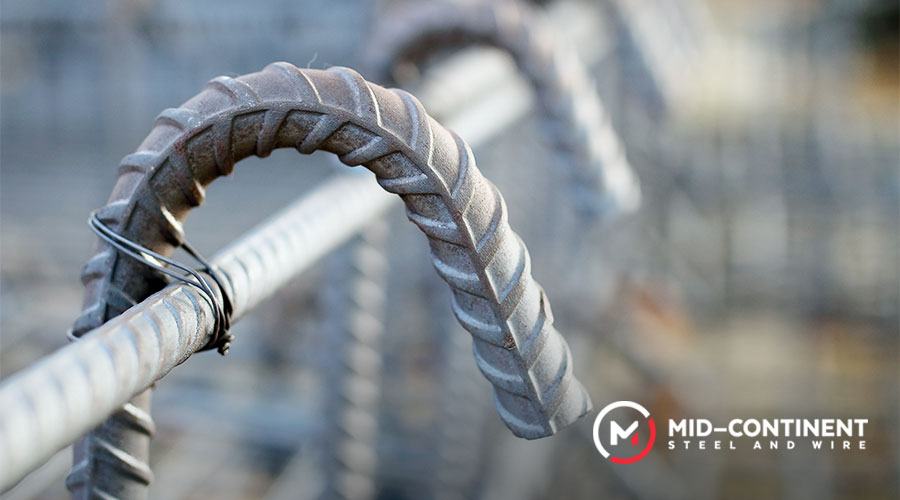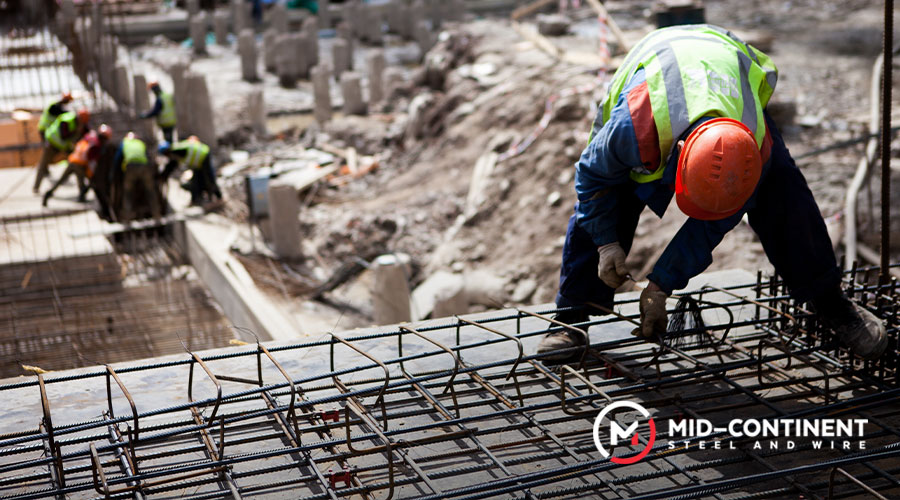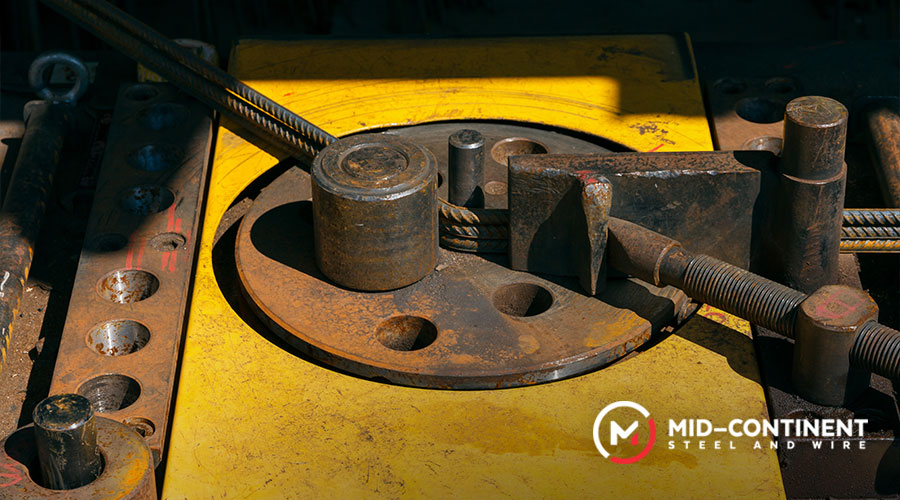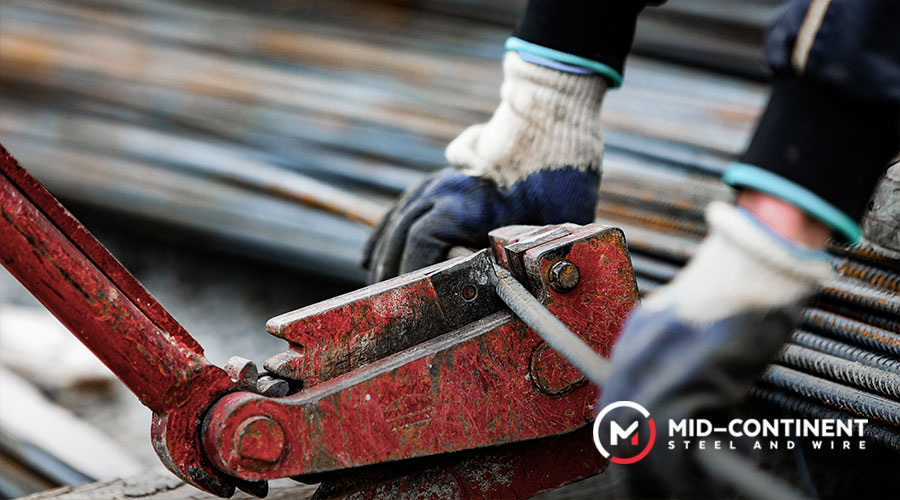
Rebar bending is a critical process in construction, it allows it to conform to specific shapes and angles, and specific design requirements. The placement and shape of the rebar significantly impact the concrete’s strength, durability, and ability to withstand tensile forces.

Common Bending Types
- 90-degree bends
- 180-degree hooks
- Stirrups/ties
- Custom angles
- U-shapes

Why Bend Rebar?
- For better tensile strength: Concrete is strong in compression but weak in tension. When rebar is embedded in the concrete, it compensates for this weakness.
- To distribute stress: Bending distributes loads and stresses evenly throughout the concrete structure.
- To create structures: Bent rebar is the base of elements like beams, columns, slabs, and foundations. Additionally, it provides their shape and structural integrity.

Considerations in Rebar Bending
Rebar bending can be done manually or with machines, this depends on several factors, such as the scale of the project, the precision required, and available resources. Each method has its advantages and limitations. No matter which one you go for, these are some considerations to keep in mind.
- Preparation: Review engineering blueprints and design plans to understand the required shape and angle of the rebar. Different sizes and grades have different bending requirements and limitations.
- Equipment: Simple devices like hickey bars and manual benders are suitable for small-scale projects, while hydraulic rebar benders are used in larger projects. Cutting tools are often necessary to cut the rebar to the desired length before bending.
- Bending process: Measure and mark the rebar at the point where the bend is to be made. Secure the rebar in the bender at the marked point. Using the chosen tool, apply steady pressure to bend it to the required angle.
- Safety: Wear appropriate personal protective equipment, and be aware of the spring-back effect, where the rebar may snap back when pressure is released. Make sure all tools and equipment are in good working condition.
- Quality: Check the rebar against templates for accuracy. Place and secure the bent rebar within the concrete forms as specified.
- Compliance: Follow local building codes and regulations regarding rebar placement and bending. Adhere to industry standards for structural integrity.

General Tolerances for Rebar Bending
While specific tolerances can vary by project and regional building codes, these guidelines are widely accepted.
- Bending radius: Tolerances on the bend radius are crucial, too tight can lead to weakening or cracking. The radius should be equal to or greater than a certain minimum compared to the diameter of the bar. Building codes and engineering standards often set this.
- Bend angle: Commonly allowed to vary by a small degree from the specified angle. This keeps structural integrity while allowing for variations.
- Bend location and leg lengths: Errors in the location of a bend or in the lengths of the legs should be within a small range (e.g., ±10 mm or ±0.5 inches, depending on project specifications).
- Dimensional tolerances: Total lengths and dimensions should remain within specified limits (e.g., ±25 mm or ±1 inch) for proper fitting into structural components.

Mid-Continent has a wide range of solutions
Our rebar and rebar fabrication solutions are manufactured with the most advanced equipment, we can reduce costs in material, time, and labor.

